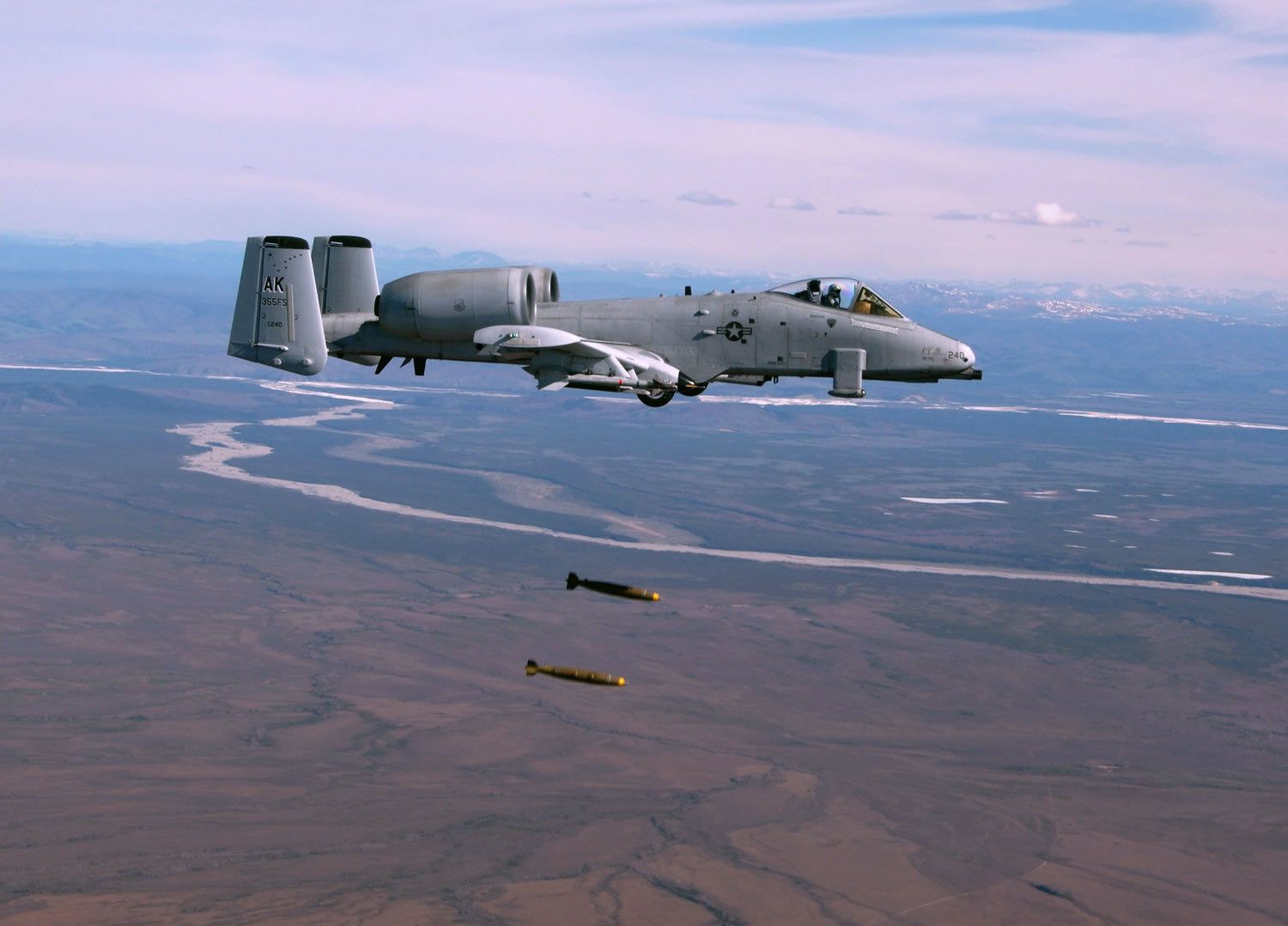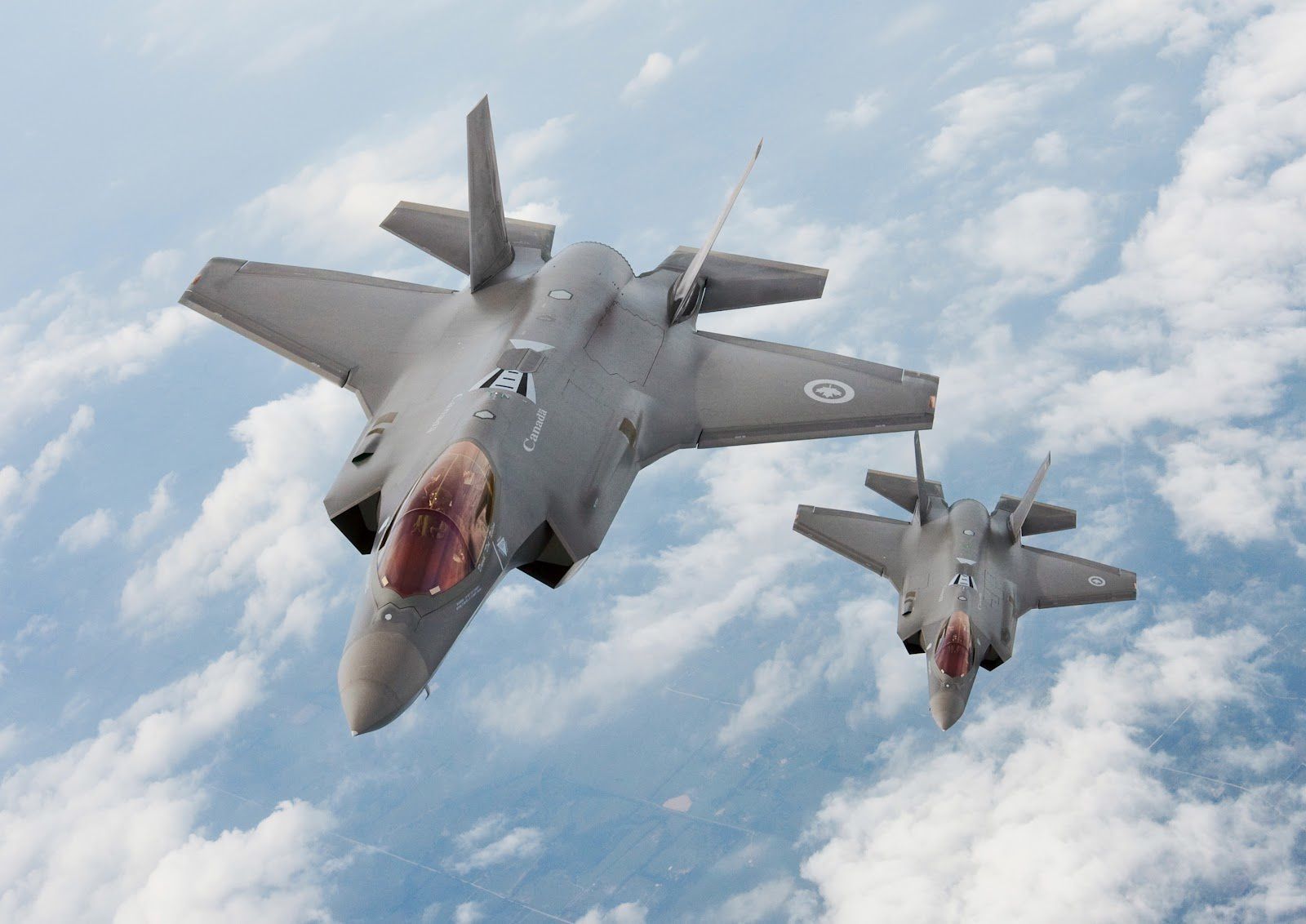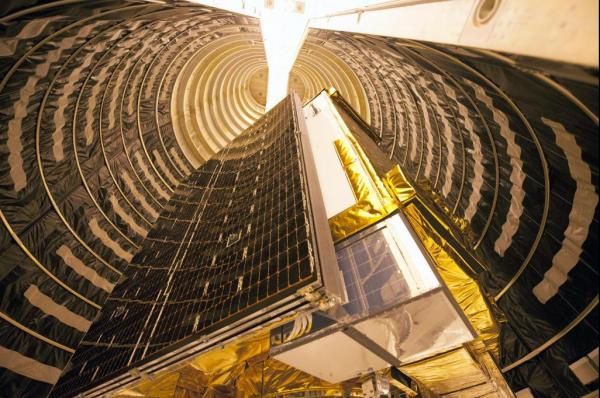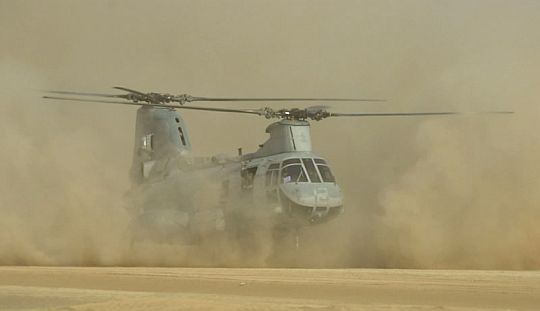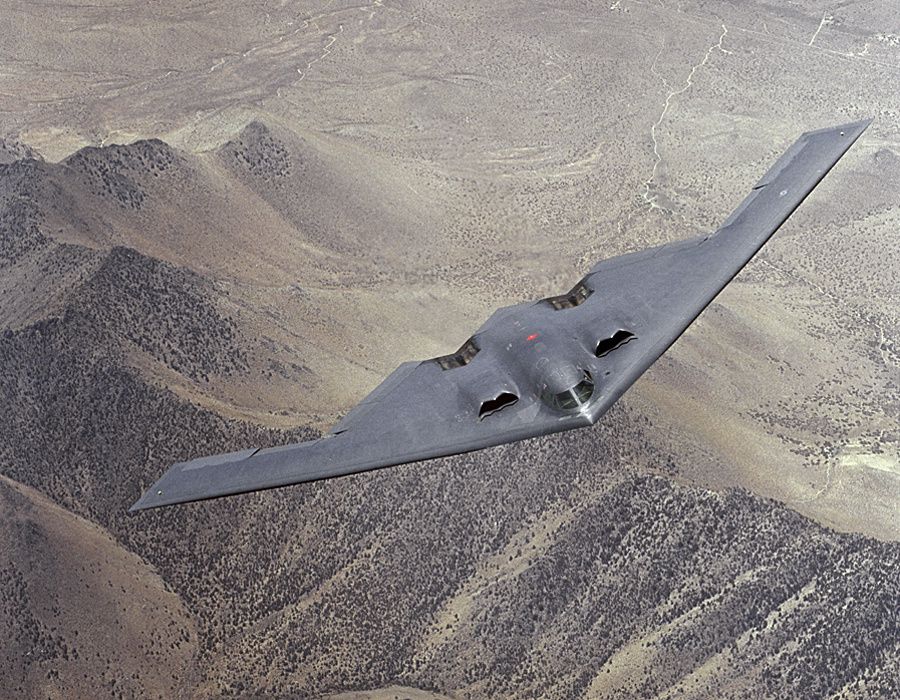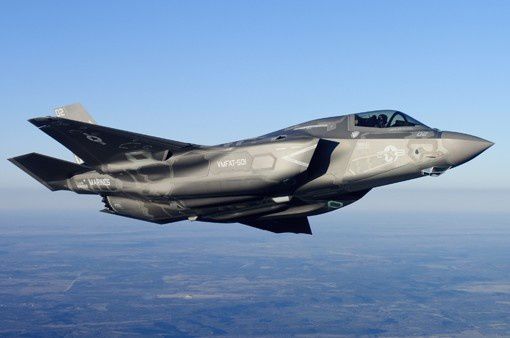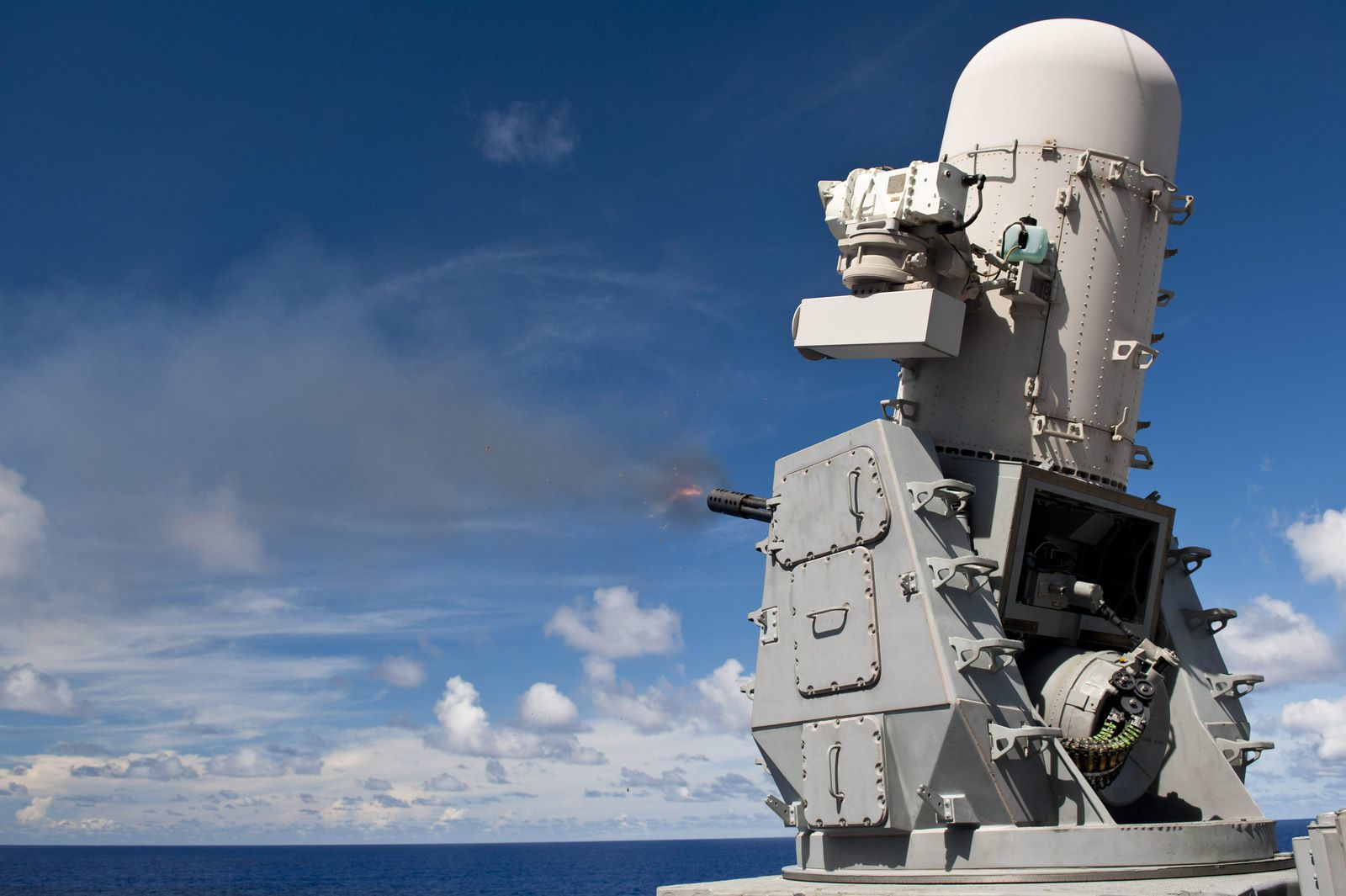October 24, 2015: Strategy Page
On September 23rd a scrap yard worker in the United States (Arizona) was killed while trying to cut up an American Mk82 500 pound (227 kg) unguided bomb. Not all of the explosives in the unguided bomb went off but enough did to kill the worker. Normally these bombs carry 127.2 kg (280 pounds) of high explosives. The U.S. Department of Defense is investigating where the bomb came from because such weapons are not sold as surplus but are demilitarized (explosives removed) in Department of Defense facilities. Currently the most likely source of the bomb is the only missing Mk-82s in the area. These are four Mk-82s that still missing after the A-10 carrying them crashed in a remote area of nearby Colorado. That was over 700 kilometers away but it was also in 1997 so there was plenty of time for the banged up bomb to make its way to Arizona. Not only that but the bomb apparently was missing much of its explosives, which might be the result of someone else extracting them or scattered when the unarmed (to explode) bomb hit the ground and broke up.
Contemporary military munitions do show up frequently enough in the United States for most major police forces to have explosives experts trained to recognize and deal with them. In the rest of the world it is a little different. World War II era munitions continue to show up throughout Europe. Although most of the millions of land mines were removed from Europe within a few years of the war ending in 1945, there are still a huge number of unexploded of grenades, shells, rockets and bombs buried all over the place. At least the mine fields were easy to find, although dangerous to clear. But the remaining munitions were left behind, in unrecorded locations, for some pretty simple reasons. First of all, many bombs, artillery and mortar shells (over ten percent, for some manufacturers) do not explode when they are supposed to, but just buried themselves into the ground. These shells are still full of explosives, and often have a fuze that, while defective, is often still capable of going off if disturbed. Other munitions were left in bunkers, or elsewhere on the battlefield, and got buried and lost. Most of these lost munitions eventually get found by farmers, or anyone digging up the ground for construction. London and Berlin, two of the most heavily bombed cities during World War II, still suffer from construction crews unearthing unexploded bombs.
The problem goes back farther than World War II. Unexploded munitions from the World War I (which ended in 1918), and the American Civil War, which ended in 1865, are still showing up, and some of them are still deadly. Currently, over a thousand World War II munitions are discovered each year in Europe and smaller amounts in East Asia; mainly Japan, China and Korea with lots of 1960s vintage stuff still surfacing in Vietnam.
commenter cet article …


